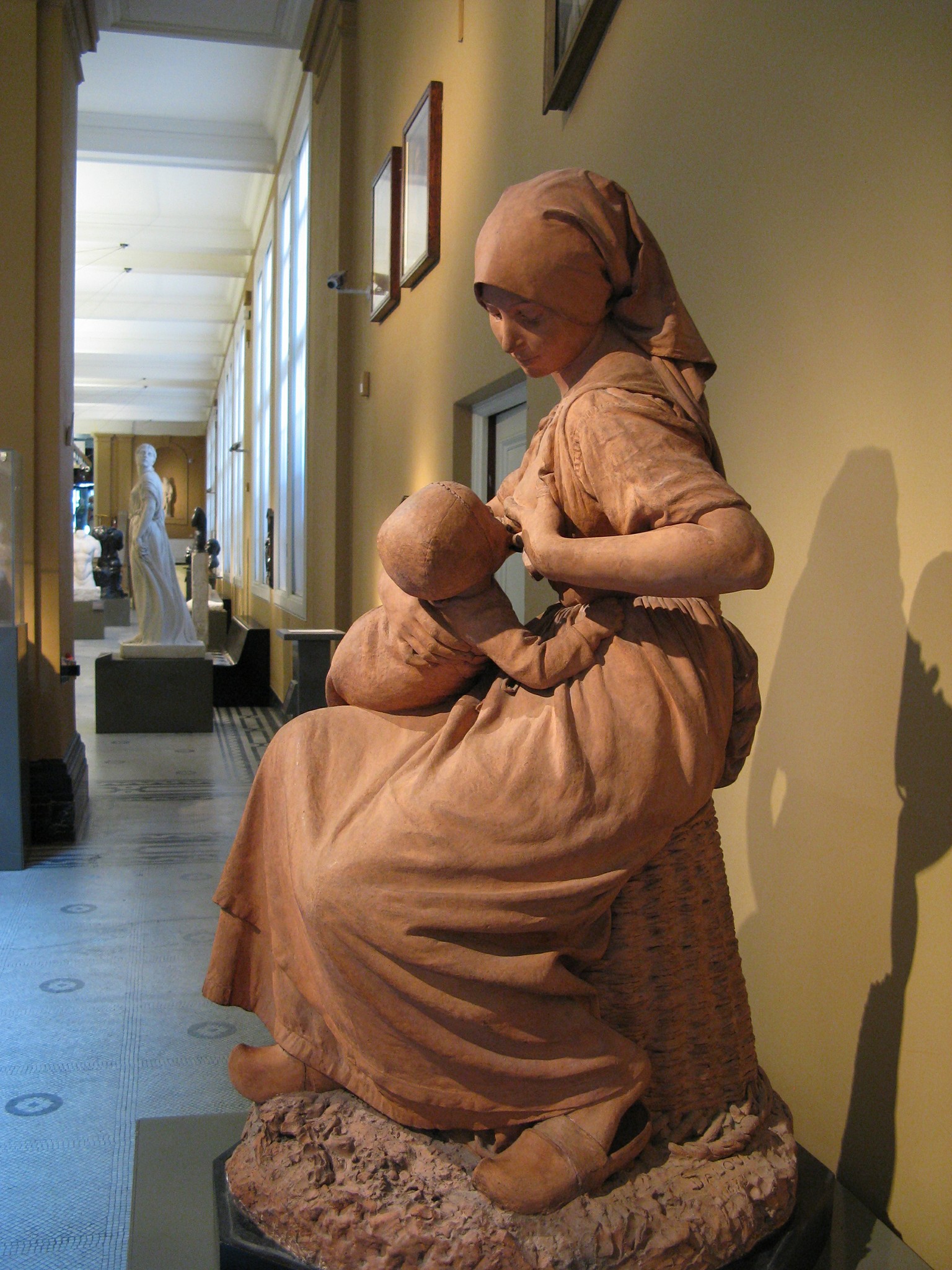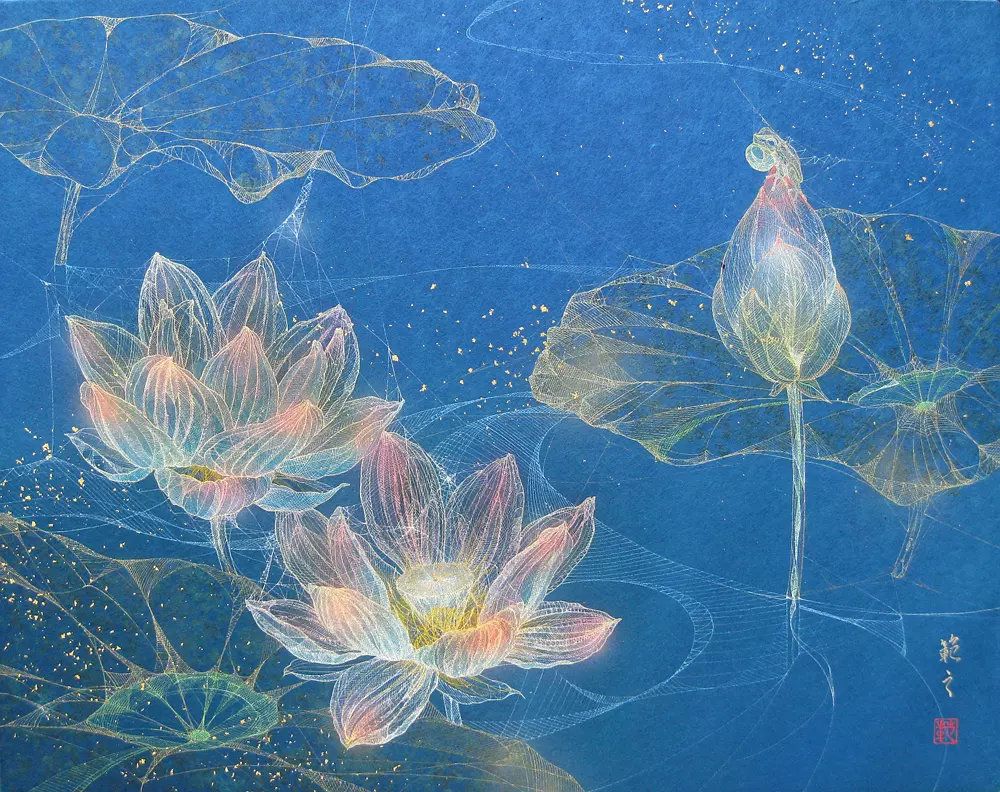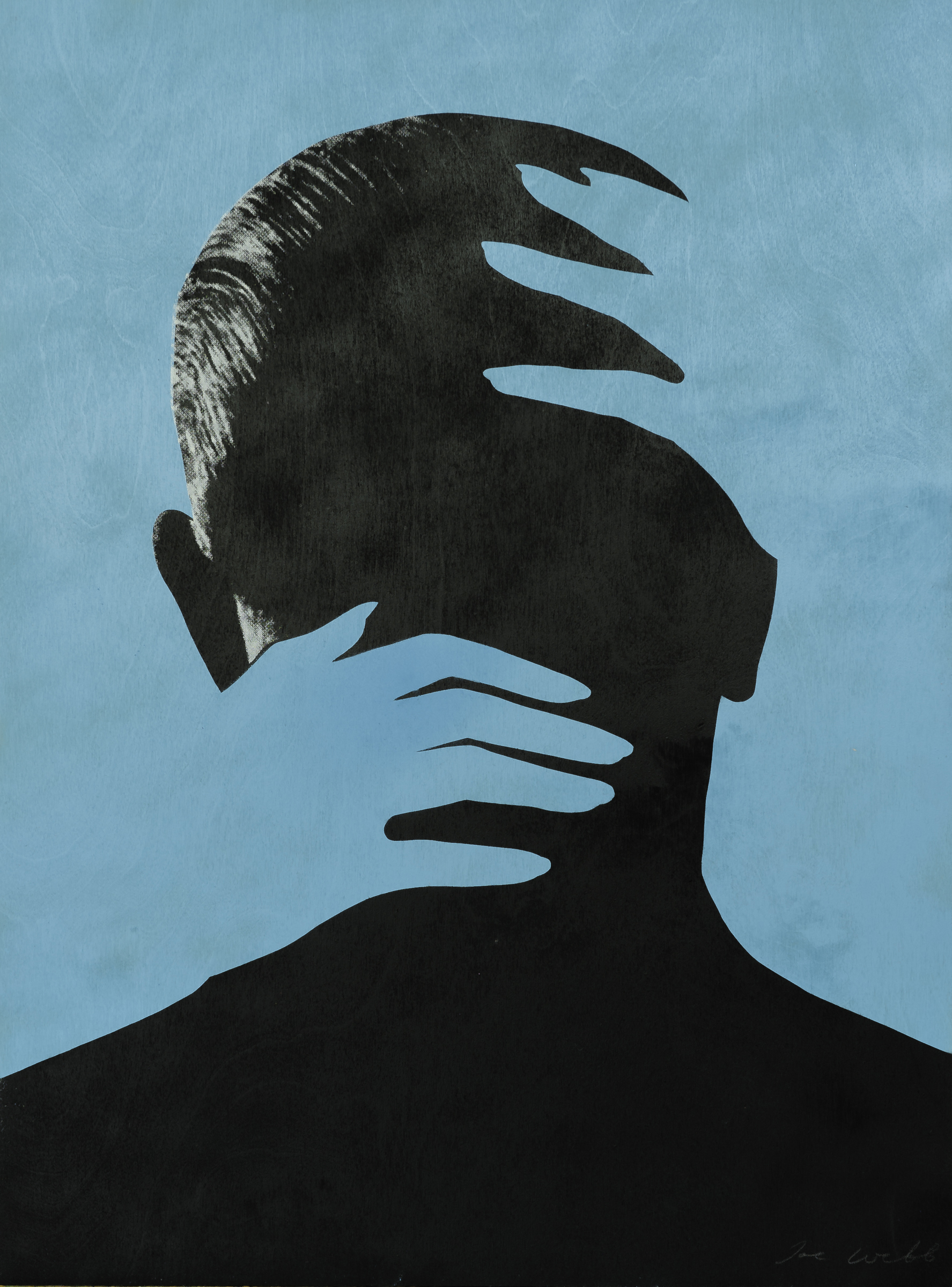• "Fa' di ogni passo una tua scelta. Crea te stesso e assumitene l'intera responsabilità".
• "La vita ha due polarità: l'essere e il fare. L'essere è la tua natura: è sempre con te, non devi fare nulla per averlo. È qualcosa che esiste già, che sei fin da ora; non è qualcosa che possiedi. Non esiste nessuna distanza: sei già il tuo essere. Il fare è una conquista".
• "Il problema autentico è risvegliare nell'individuo quel tanto di consapevolezza capace di generare in lui il desiderio di divenire libero, intelligente, autorealizzato e pienamente consapevole".
• "L'ego è uno sforzo costante per andare controcorrente".








